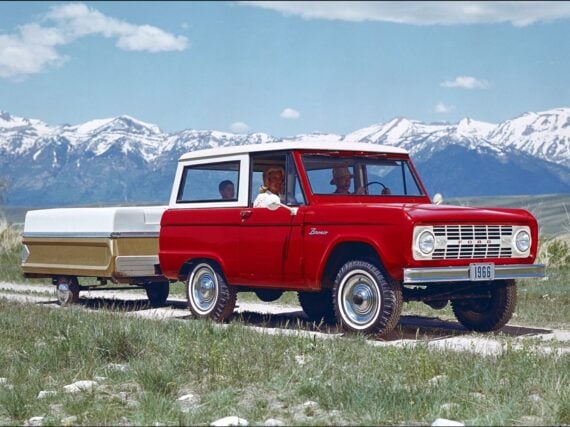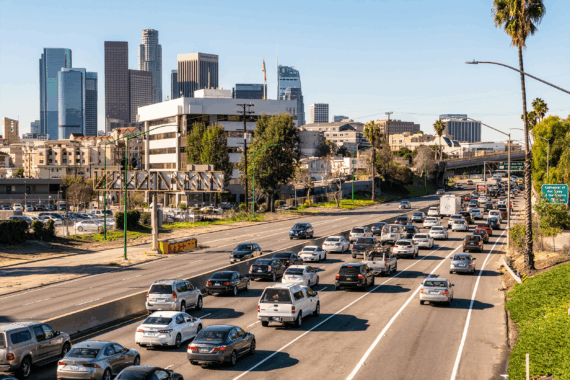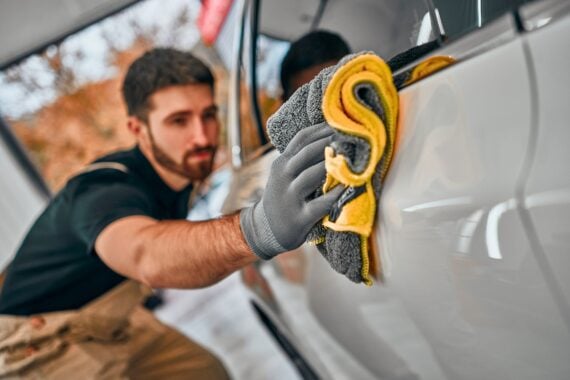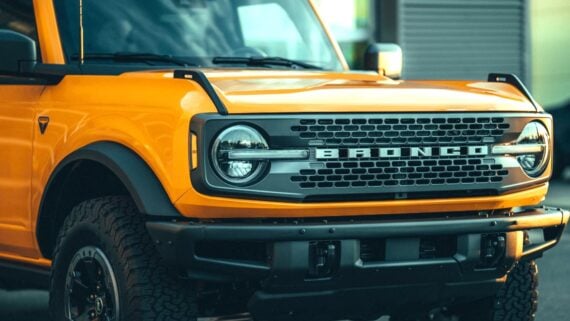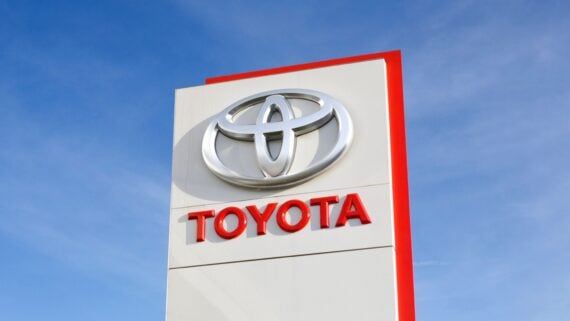Related: 16 Surprising Things You Didn’t Know About America’s Best-Selling Vehicle
An Automotive Genius Designed it
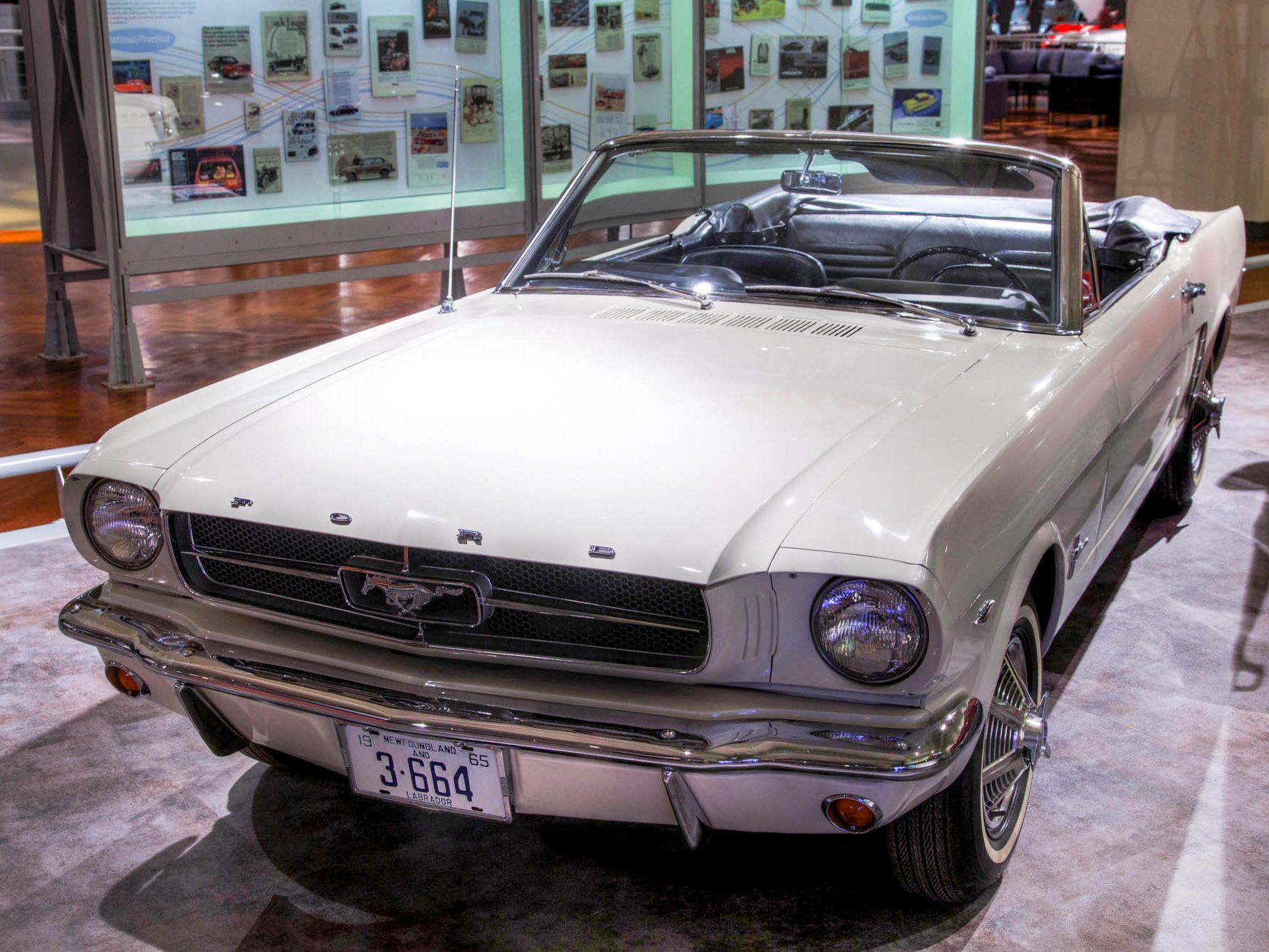
The late, great Donald N. Frey was one of the most innovative thinkers in the history of the automotive industry. After Ford’s Edsel disaster, a gun-shy Henry Ford II rejected the Mustang concept out of fear it would suffer a similar fate. While managing the metallurgy department at Ford, Frey began designing the Mustang in secret. Ford eventually found out and approved its continuation, but told Frey he would be fired if the Mustang didn’t succeed. Needless to say, Frey kept his job and, after the raging success, went to work developing an entirely new category of vehicle. That vehicle was the Ford Bronco, designed by Frey and approved for production by Lee Iacocca himself.
It Was the First SUV
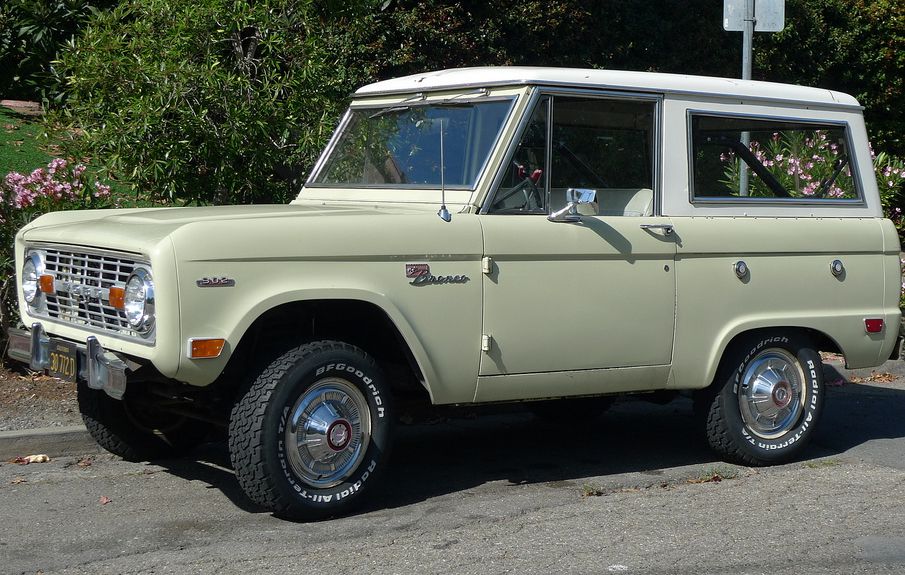
Modern Jeep Wranglers feel and function like SUVs. This was not the case with Jeeps from World War II through the mid-1960s, however, when the Bronco was being conceived. The Bronco was designed to compete with the Jeep CJ (Civilian Jeep) and the International Harvester Scout, both very capable vehicles — but specialized for off-road driving. Ford took the reliability, practicality, and brawn long associated with Jeeps and put them into a more versatile passenger vehicle that Ford calls “The first automobile called out specifically as a ‘sports-utility vehicle.’”
For more great auto stories, please sign up for our free newsletters.
It Was Built With the Driver in Mind

In 1962, Ford conducted a major survey of Jeep and I.H. Scout owners who consistently and overwhelmingly complained “that both vehicles had poor comfort, ride, noise, and vibration qualities” and unsatisfactory size and power, according to Ford. Departments began communicating with clandestine memos requesting things such as funds for development of a vehicle “code-named Bronco” with subjects such as “1966 G.O.A.T.” — an acronym for “Goes Over All Terrain” — and describing a powerful off-road 4×4 that still offered the comfort, ride, and ease of use of passenger cars. The Bronco’s designers had solved the problem.
It Has a Long and Proud Lineage
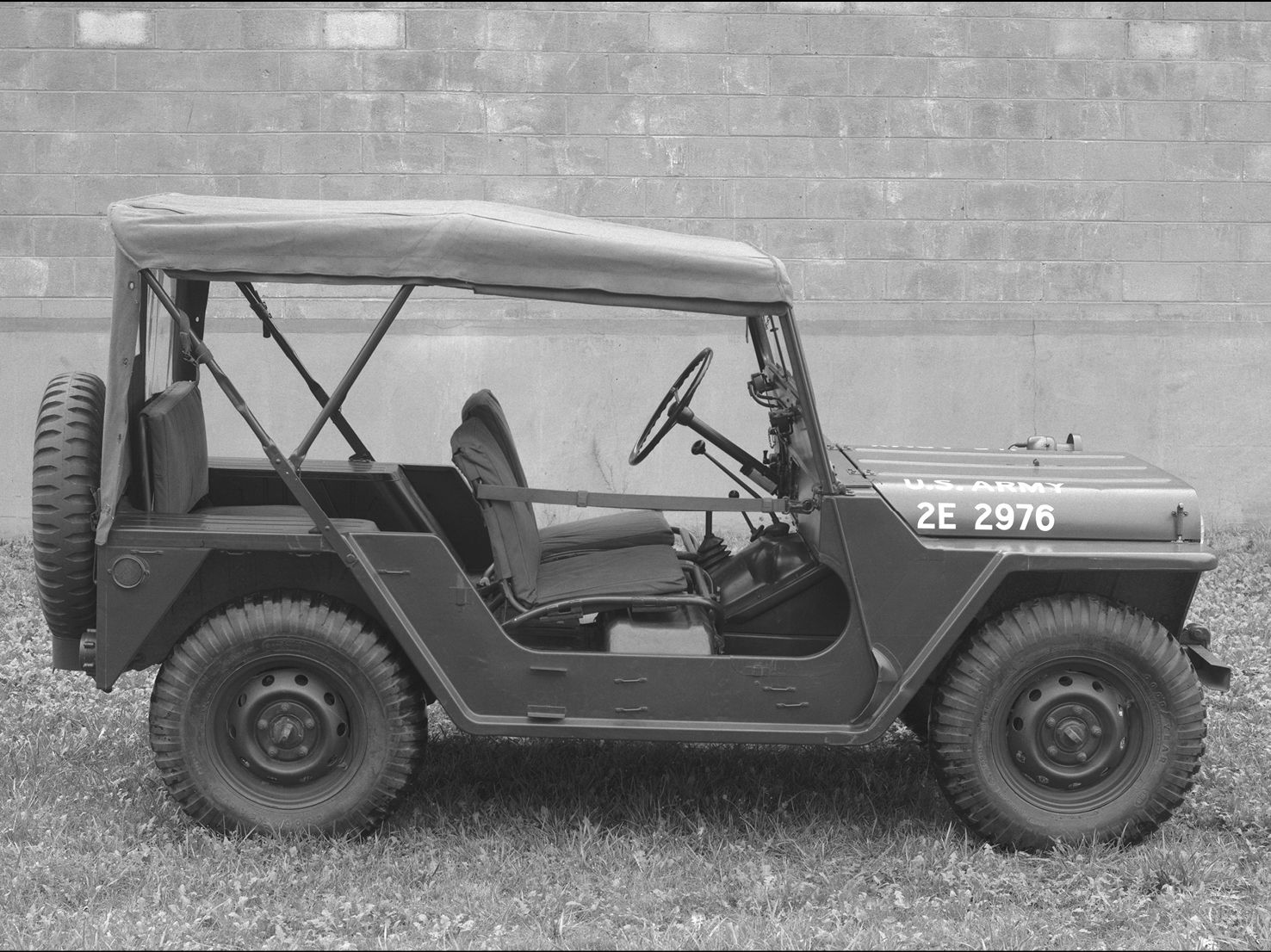
Although Ford was competing directly with Jeep, it was also borrowing from its legacy — which was, after all, Ford’s legacy, too: Ford was one of three companies that collaborated to develop the earliest Jeeps for military use during World War II. During the war, Ford made more than a quarter-million Jeeps, which became the conflict’s most enduring symbol of modern mobile warfare and American ingenuity and industrial might. In the 1950s and early ’60s, Ford developed a troop “Military Utility Tactical Truck,” which of course was called the MUTT. The Bronco was built on the foundation laid by those two vehicles.
Its Designers, Too, Have a Legacy to Be Proud Of
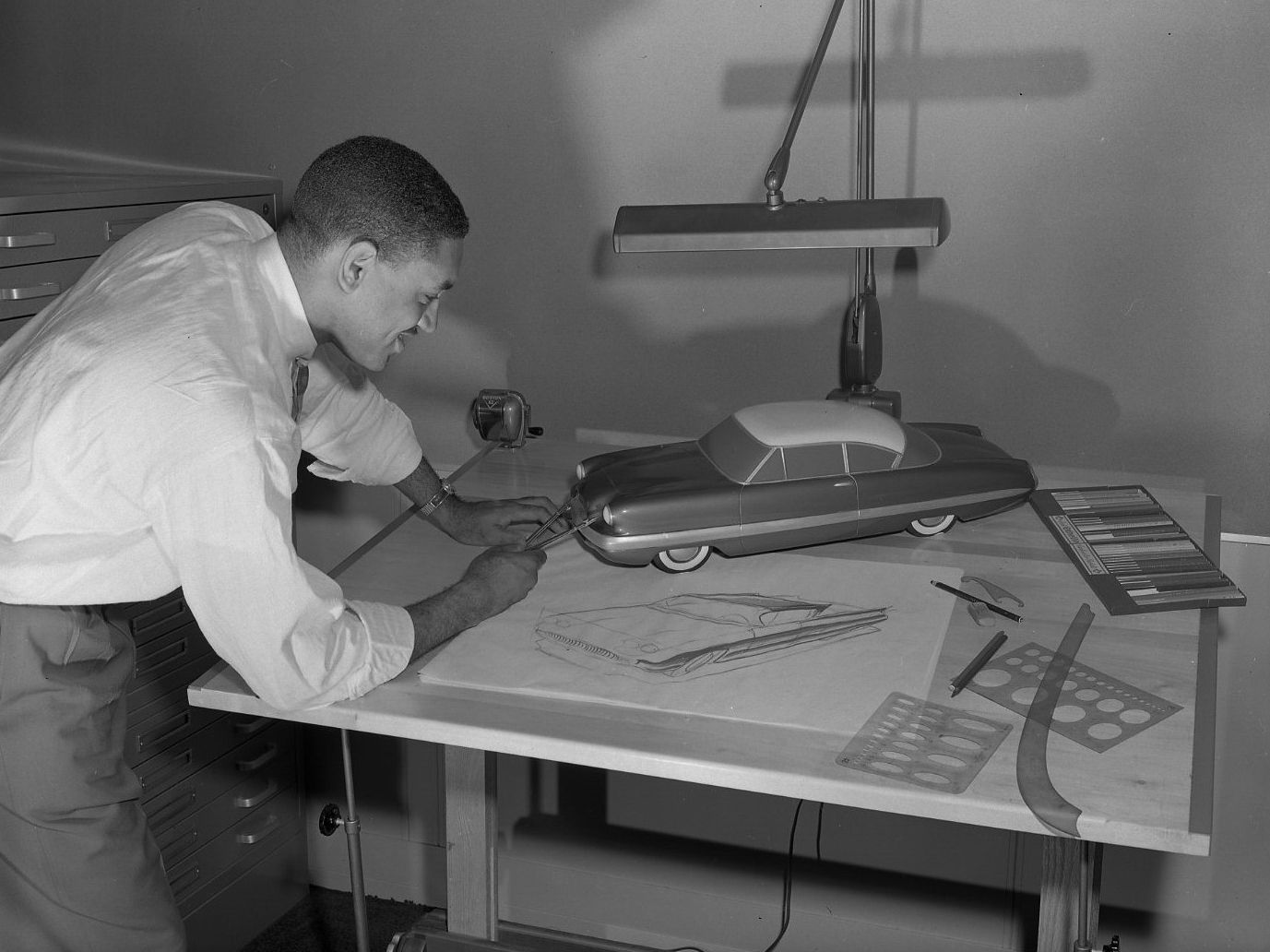
Related: 33 Companies That Changed American Culture
Trending on Cheapism
It Evolved Through Natural Selection
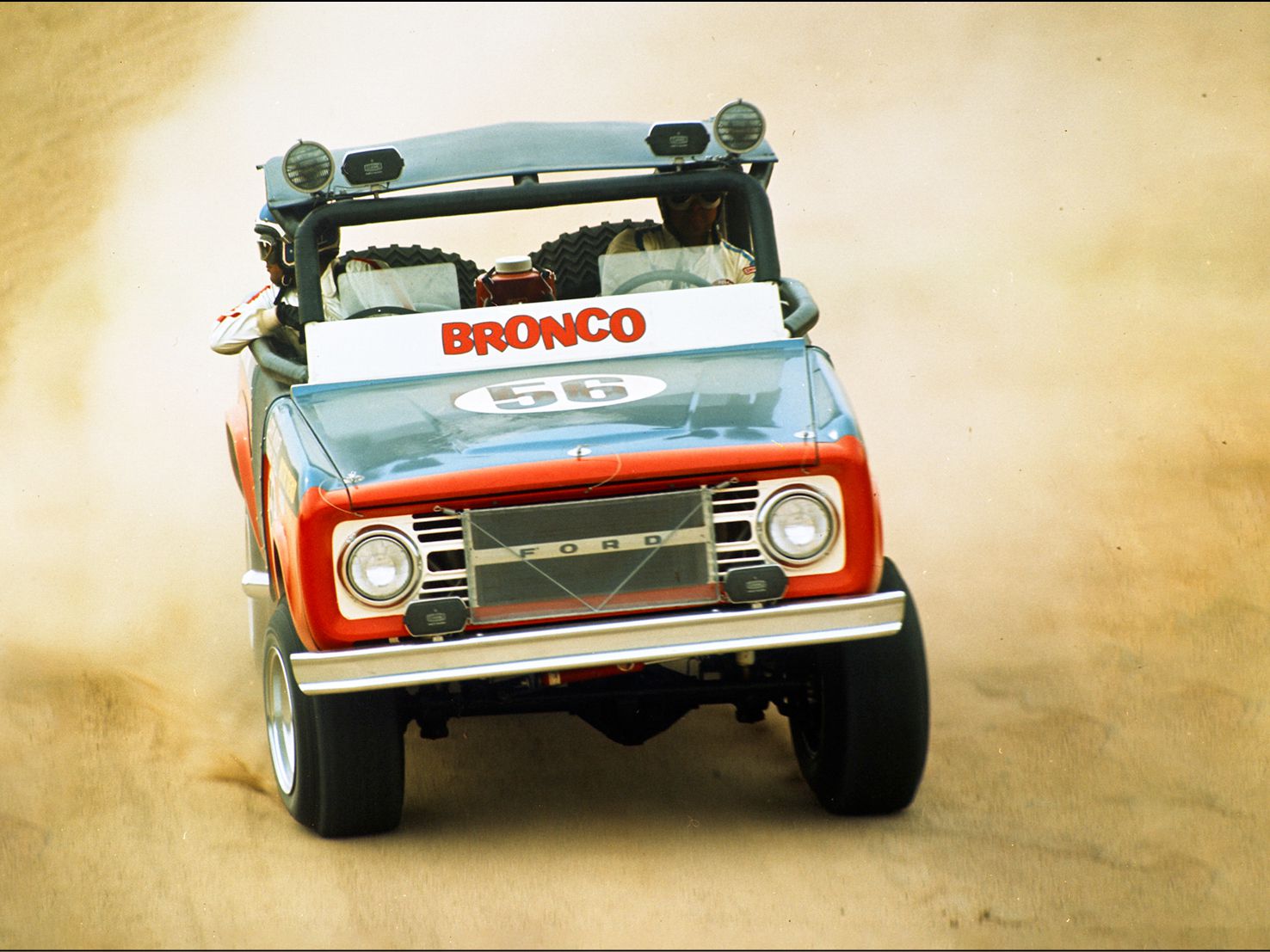
In 1966, the Bronco debuted with three variations: a half-cab pickup, a roadster, and a wagon. The half-cab looked like a baby truck and the roadster — fun and sporty as its design might have been — simply wasn’t practical. Real-world use and customer critiques led to a thinning of the herd, with the roadster and half-cab soon dropped from production. The wagon prevailed, soon morphing into the iconic Bronco design the world would come to know and love.
It Came With One of History’s Greatest Options Packages
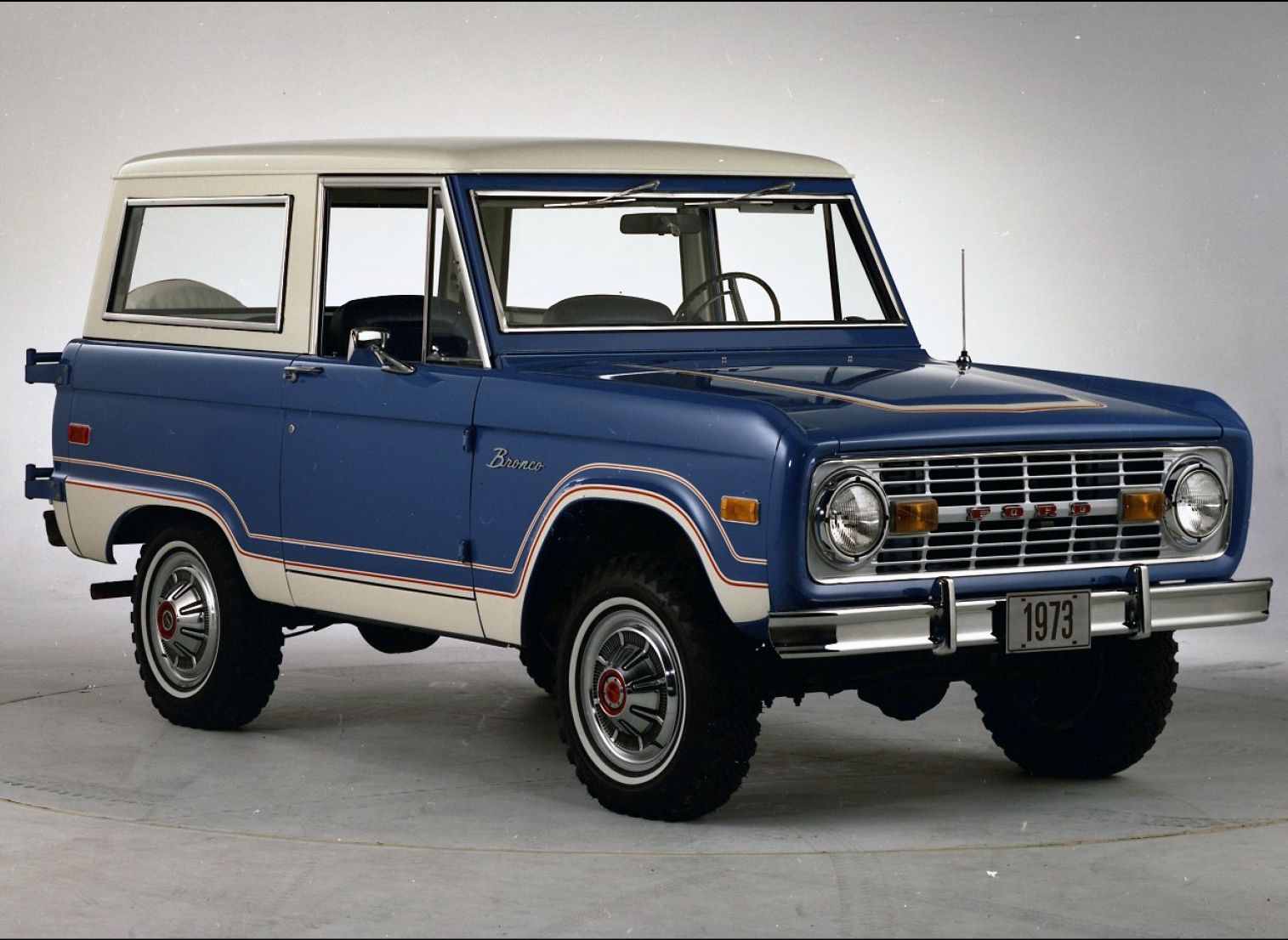
Four-Wheel Drive Was Standard
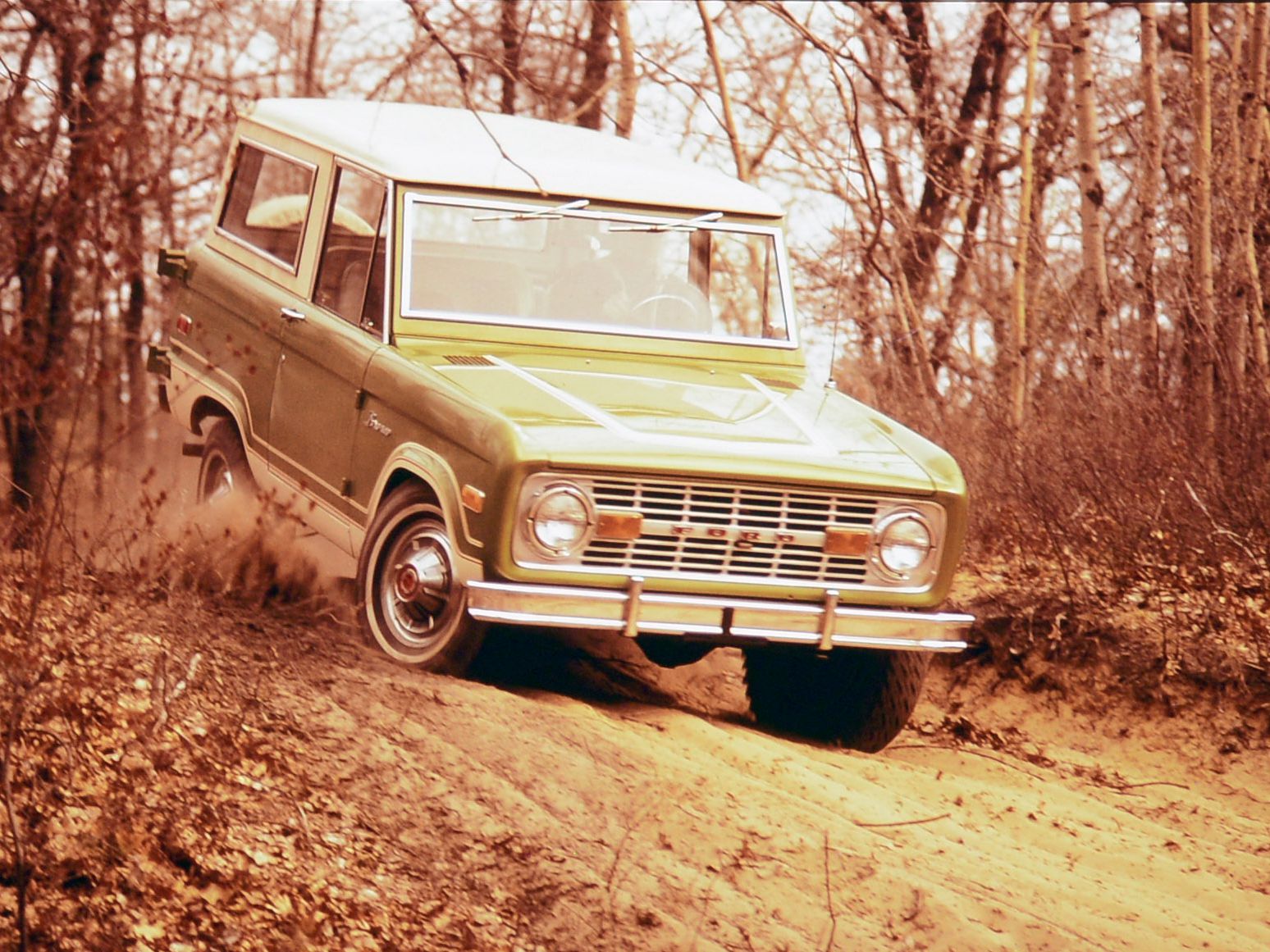
Related: 16 Ways Driving Has Changed in the Past 50 Years
Sign up for our newsletter
There Was Always the Option of Going Topless
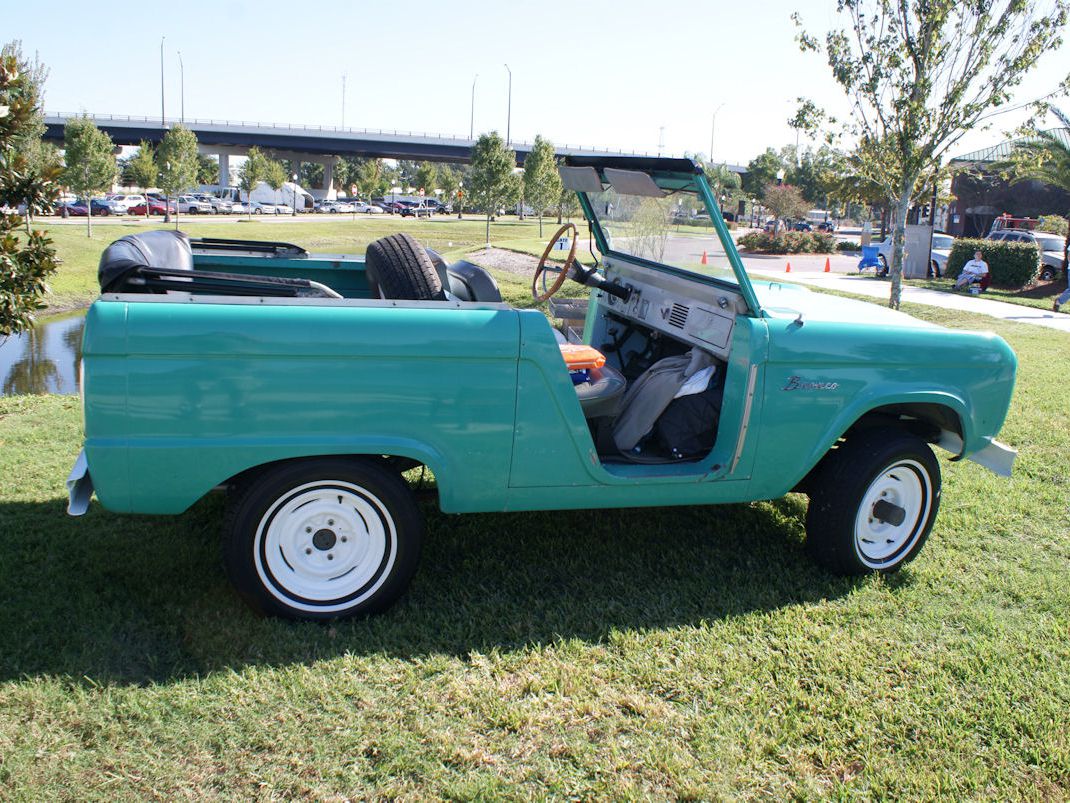
Its Design Was Trail Friendly
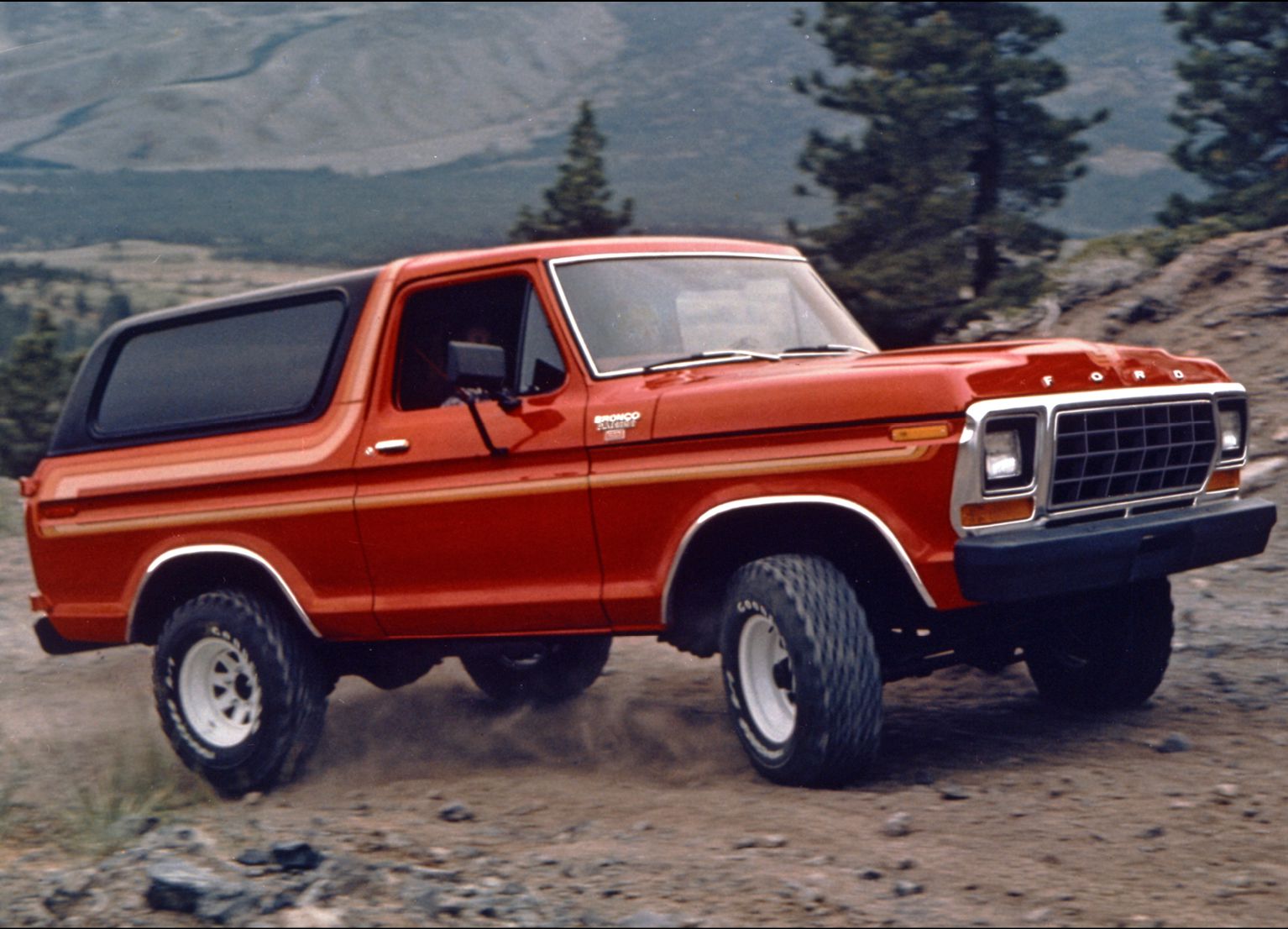
The Bronco was more comfortable and driver-friendly on the road, but also had a big advantage over Jeep for off-road enthusiasts. Compared with the Jeep CJ, I.H. Scout, and, later, the Chevy Blazer/GMC Jimmy, the Bronco had a narrow body and short wheelbase. This made it especially nimble on the trails, where tight turns and narrow paths are standard.
It’s an F-Series Deep Down Inside
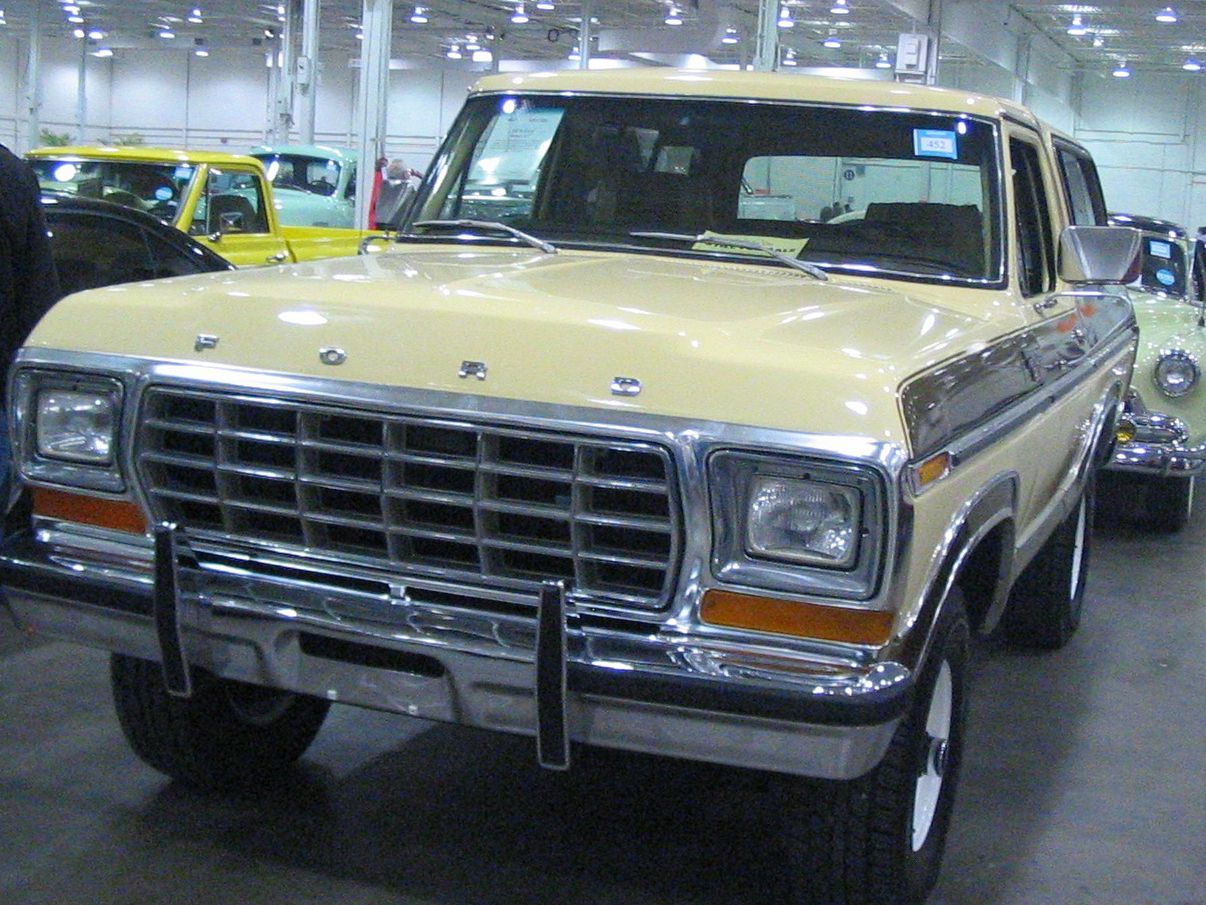
It Rides the F-Series’ Coattails
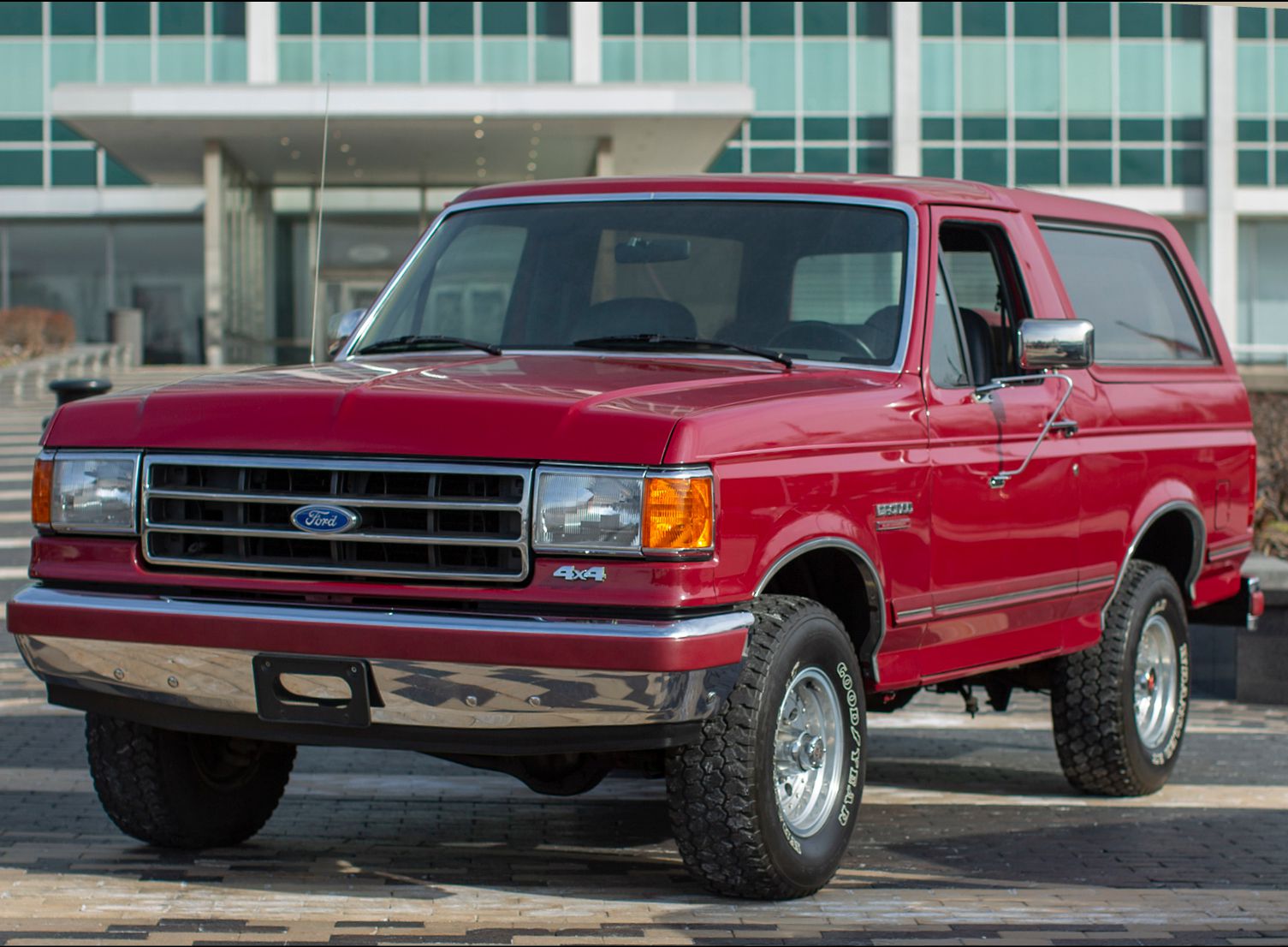
That Famous Rear Window
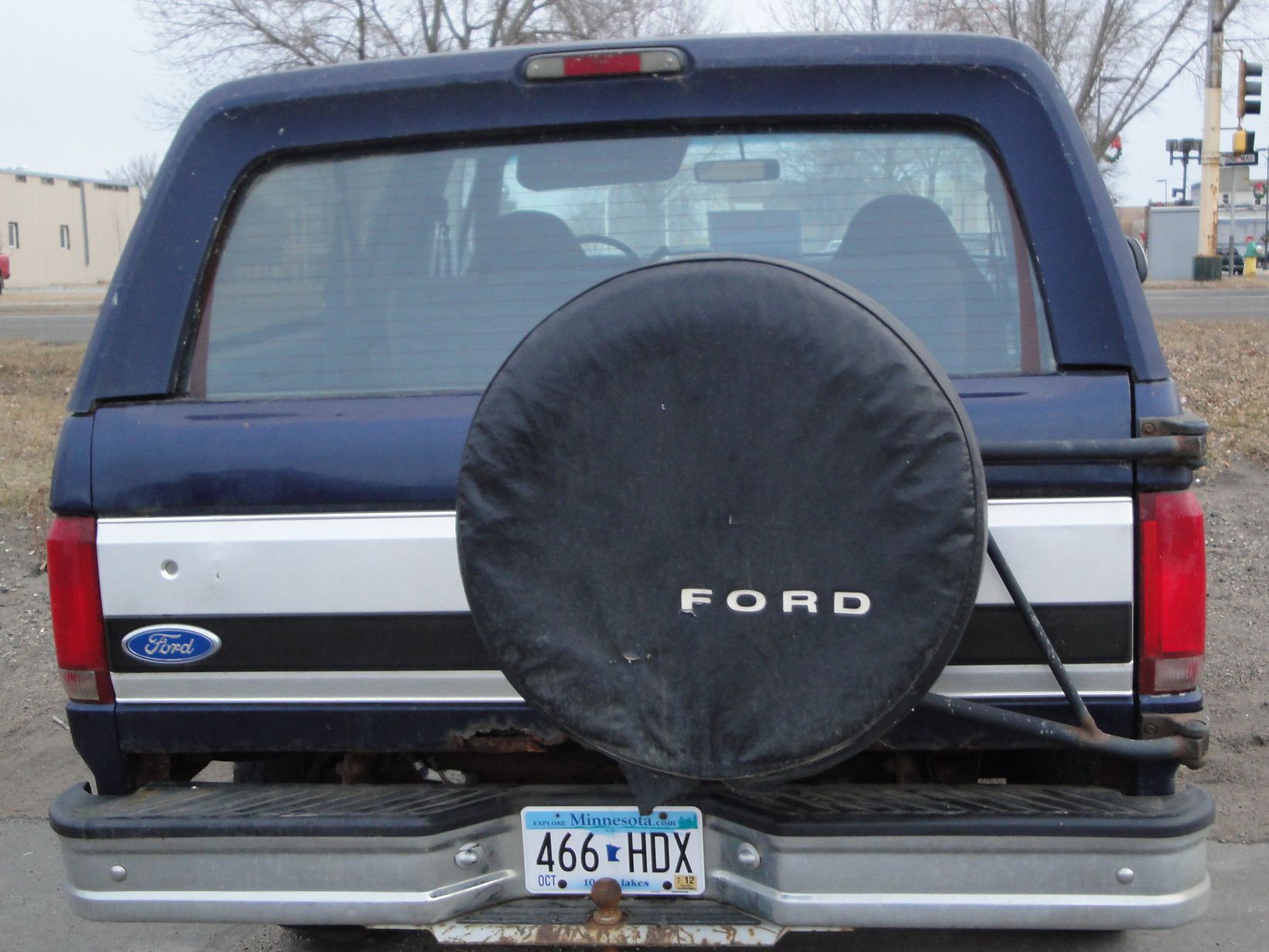
The move to the F-Series wasn’t the only model-defining upgrade born from the short-lived but important second-generation Bronco. That iteration came with what would become one of the Bronco’s most famous defining characteristics: a rear window that lowered into the vehicle’s third door.
They’re (Largely) Made in America
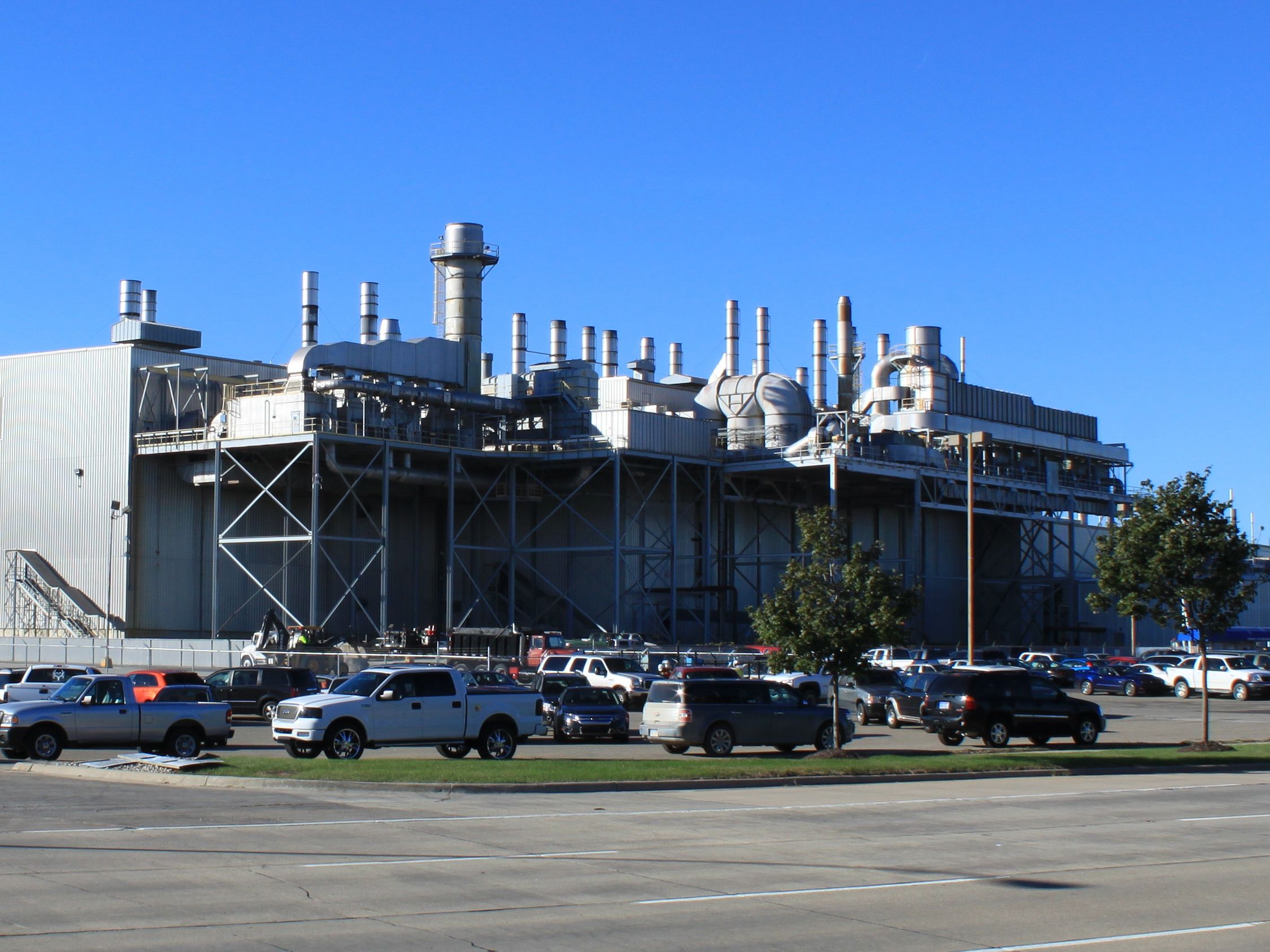
It Puts You in Company With the Pope
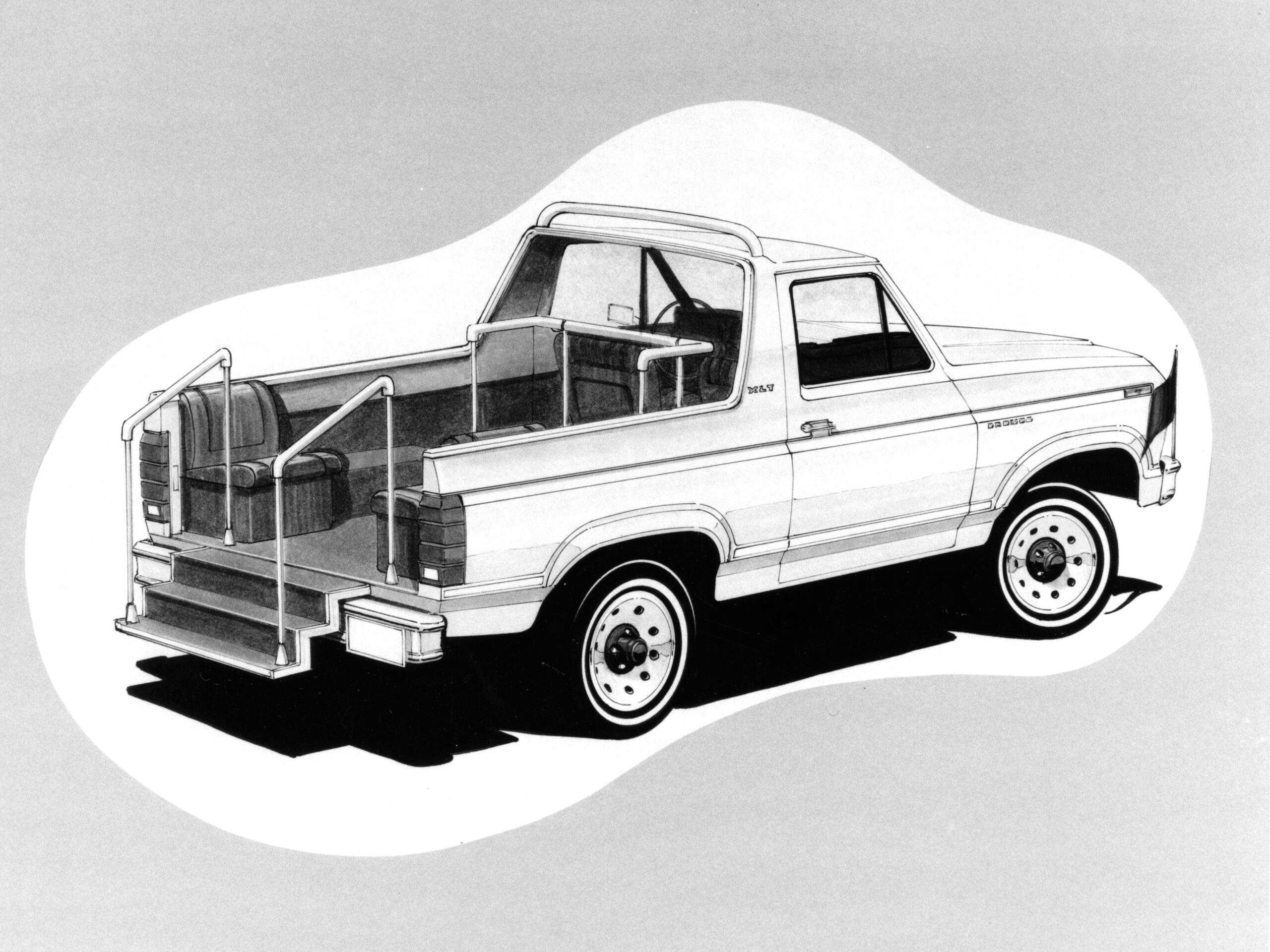
When Pope John Paul II visited Chicago in 1979, Ford was tasked with creating a Popemobile based on the Bronco platform. The Vatican approved the design, which was Wimbledon White on the outside and Wedgewood Blue inside, and toured America’s largest cities in the open back of a custom Bronco. Ford still keeps the original renderings in its archives.
They’re Built to Last
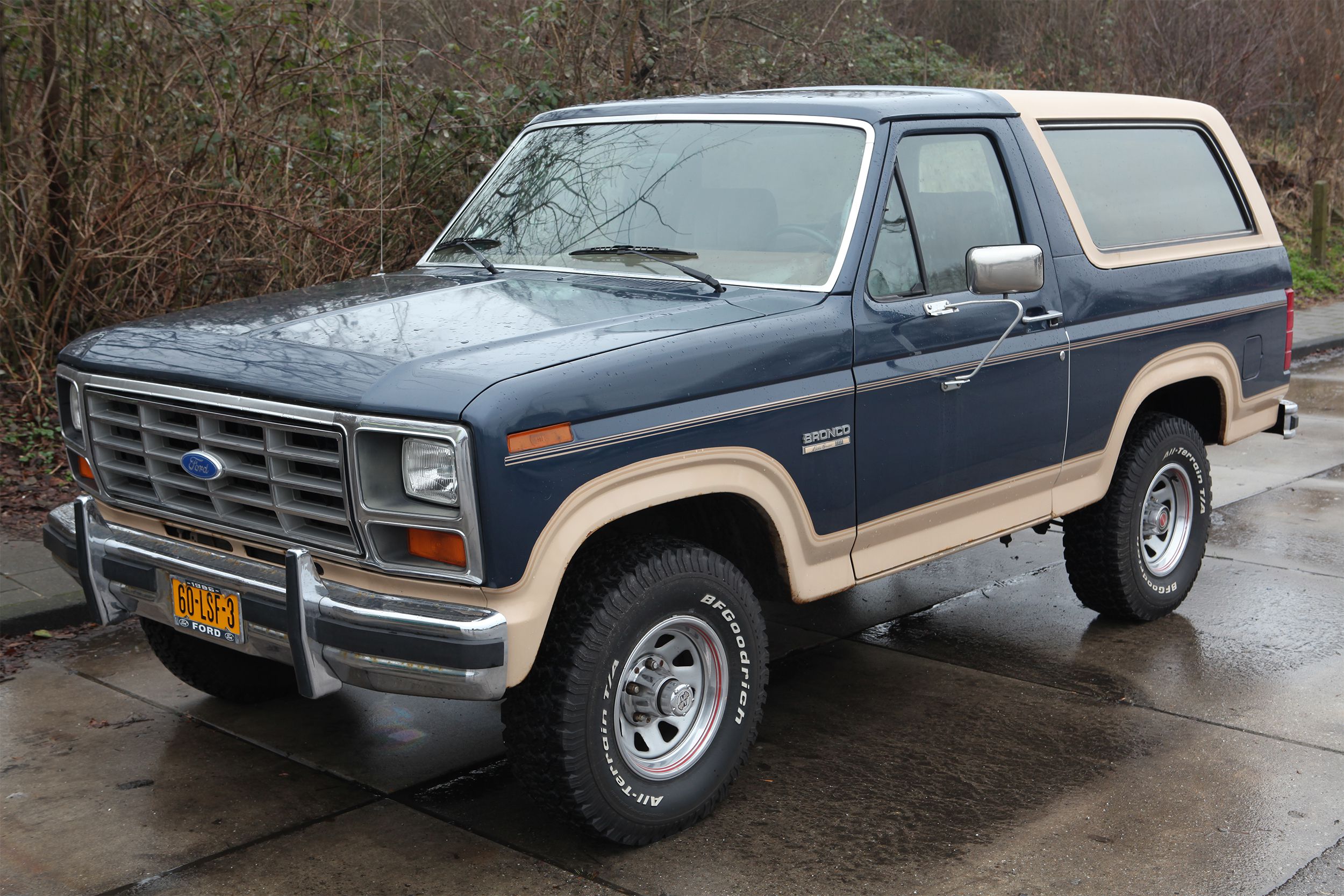
Before the reboot, the last Bronco built rolled off an assembly line during Bill Clinton’s first term in office, but it’s not unusual to see an older one on or off the road today. Late-model used Broncos routinely earn close to perfect five-star ratings on Kelley Blue Book, where the comments section is packed with hundreds of loyalists who fawn over their aging but ever-reliable Broncos.
Two Words: Centurion Classic
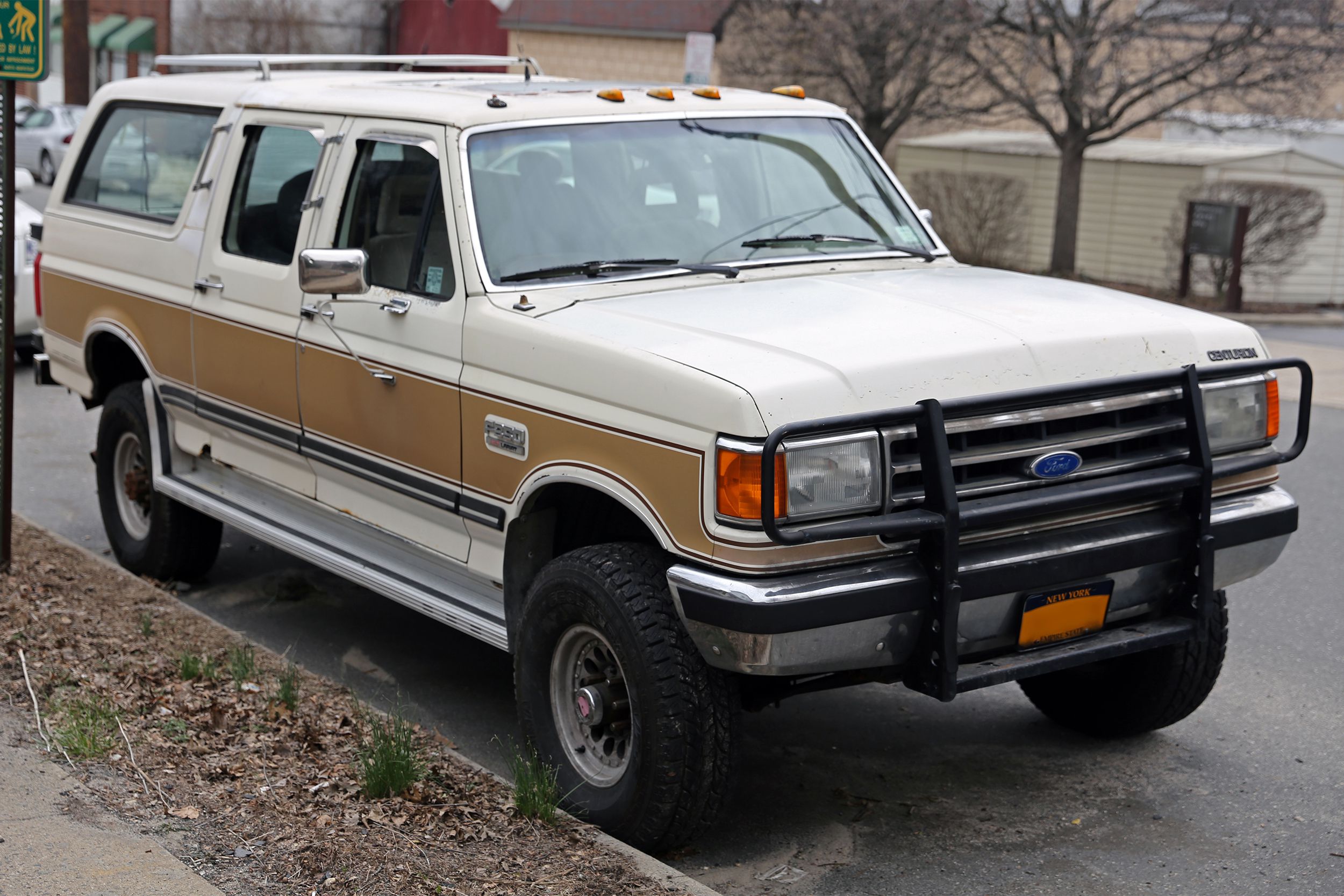
Long before the Escalade, Ford pioneered the full-size luxury SUV segment with the massive Centurion Classic. The two-door, three-row Bronco came with a standard V8 that eventually offered an engine option as large as 7.5 liters. It paved the way for the sometimes colossal modern luxury SUVs, thanks to standout features such as a CB radio, a cooler, a TV … and VHS.
The OJ Thing
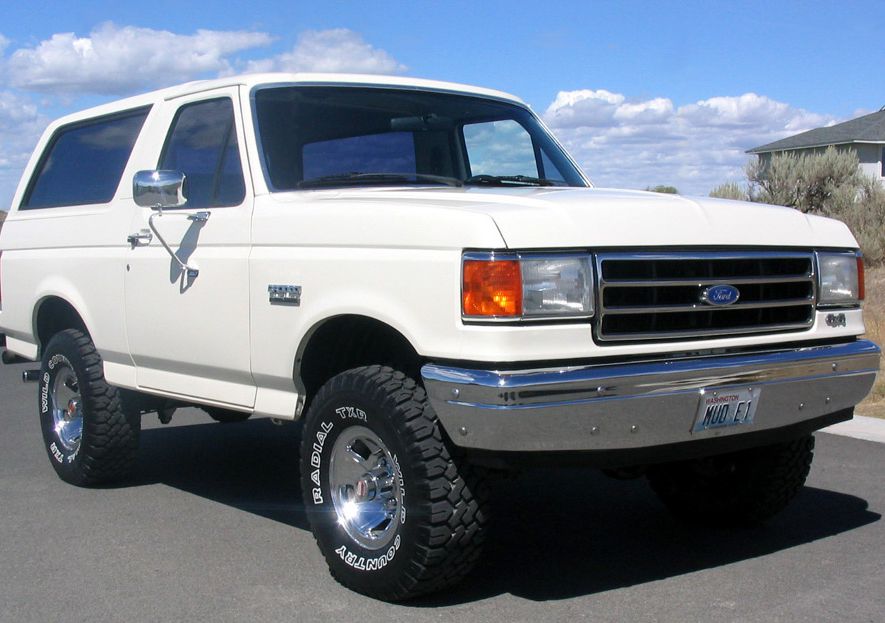
Anyone who drives a white fifth-generation Ford Bronco is going to get O.J. comments. Although it’s not a point of pride, exactly, the notorious 1994 low-speed chase between O.J. Simpson and half the cops in the world instantly made the otherwise nondescript white Bronco the most famous vehicle on Earth. Apparently out of pure coincidence, Ford originally scheduled the 2020 unveiling of the sixth-generation Bronco for July 9 — Simpson’s birthday. Ford quickly moved the date.
It’s Back
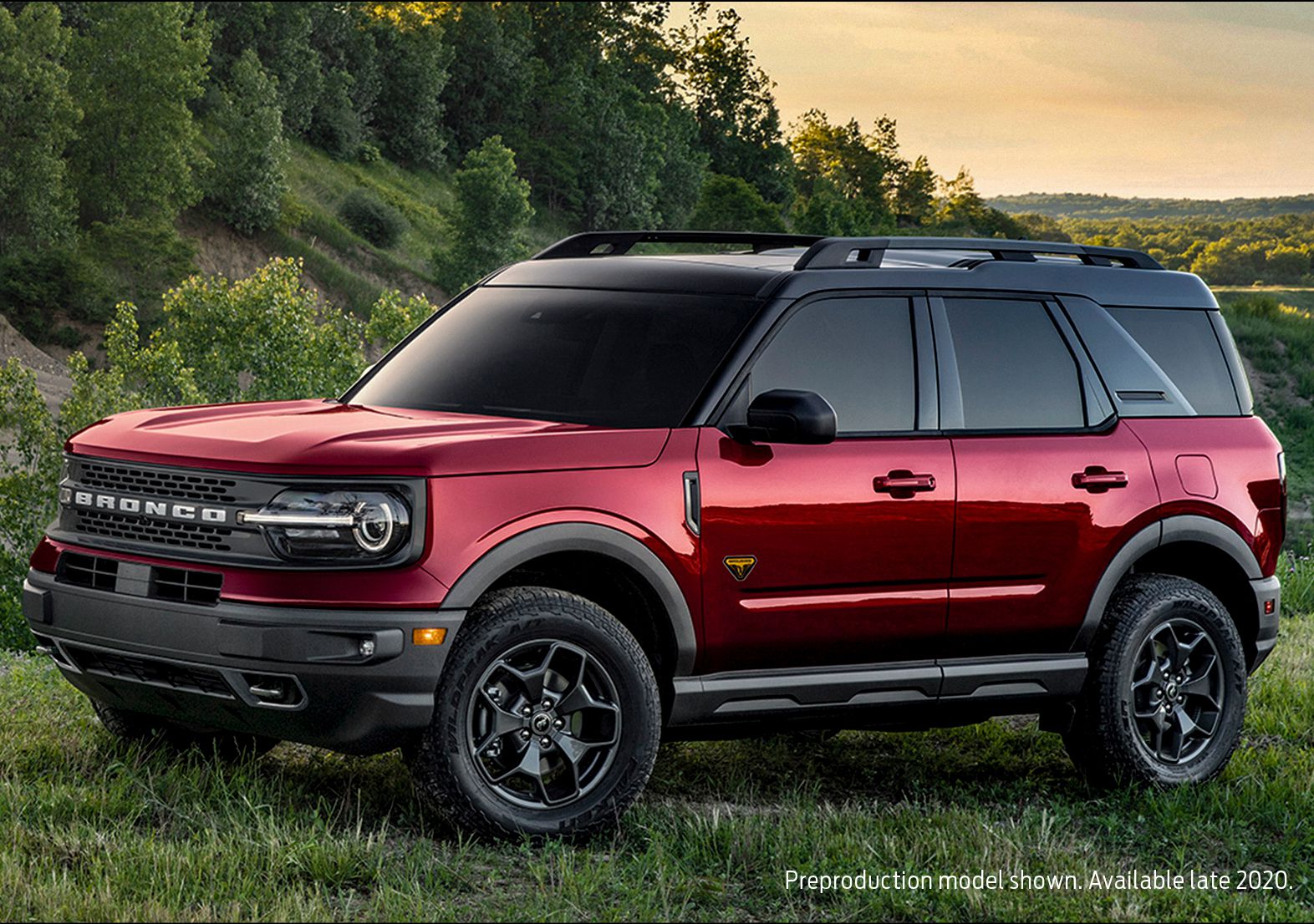
Since 2021, loyal Bronco lovers have been able revel in a phrase that eluded them since the last vehicle rolled off a Michigan assembly line on June 12, 1996: The Bronco is back. It starts at $39,130, it’s available in two doors or four, it comes with the option of two different turbocharged engines, and it is still sparking excitement. Upon its return, Car and Driver called it “everything you hoped for” and “Jeep Wrangler’s worst nightmare.” Following the long Bronco tradition, it’s built for the trails with road comfort in mind.
It’s the First to Use Recycled Ocean Plastic Parts

There’s one tiny part inside the new Bronco Sport that may make a big difference in the auto industry. A clip that’s part of the second-row airbag system is made from 100% recycled ocean plastic, the first part of its kind in a vehicle. Normally, it would be made from petroleum, but the recycled materials, made from discarded fishing nets collected from the Indian Ocean and Arabian Sea, are just as strong and durable. It represents a milestone for sustainability in auto manufacturing.
Off-Roading Is On the Menu
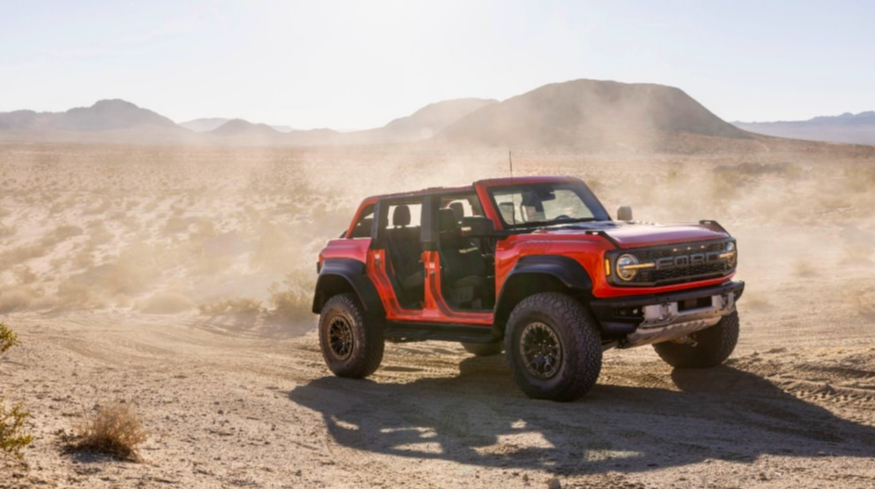
Sure, a regular Bronco can handle some light off-roading, but what if you really want to push the boundaries? The Bronco Raptor might be what you’re looking for. It has a turbocharged V6, a wider frame, monstrous 37-inch tires, marine-grade vinyl seats, and even a “Baja Mode” that might just make high-speed desert dune bashing your new favorite hobby.
